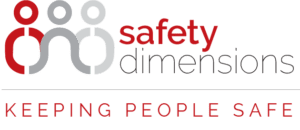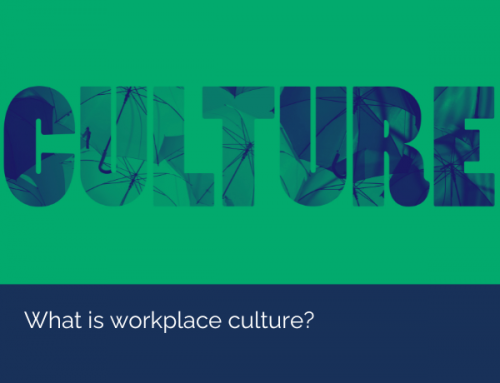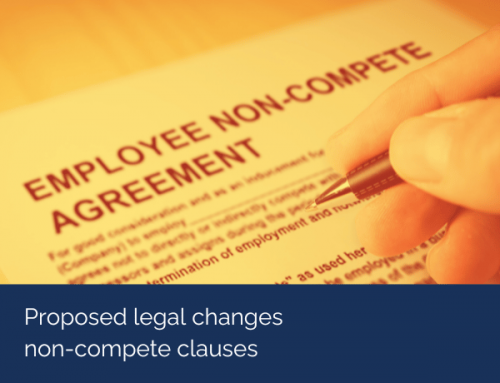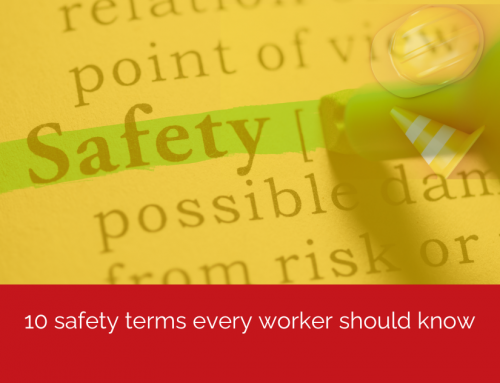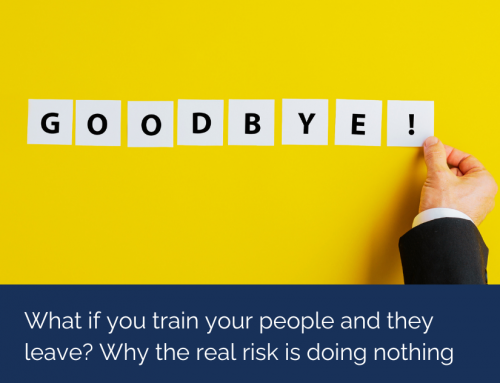
After natural disasters such as floods and storms, employers, workers, and volunteers need to understand potential hazards and take steps to stay safe during recovery efforts.
Employers are legally required to ensure that all activities comply with their state’s Work Health and Safety Act, which includes having risk management plan.
What is a risk management plan?
A disaster recovery risk management plan outlines the steps to identify, assess, and reduce risks during clean-up. It should include:
- Hazard Identification: List all potential risks, such as exposure to hazardous materials, electrical dangers, and mental health impacts.
- Risk Assessment: Evaluate the likelihood and impact of each hazard.
- Risk Control: Outline strategies to reduce risks, including using personal protective equipment (PPE), ensuring access to first aid, and implementing safe work practices.
- Monitoring and Review: Plan how you will regularly review the risk management process and update it when needed.
Key risks to during storm and flood recovery:
Electrical safety after a floor or storm
Floodwater can damage electrical equipment, creating serious electrocution and fire hazards. Stay clear of all water-damaged electrical appliances and powerlines until a professional has inspected and declared them safe. Electrocution can cause burns, cardiac arrest, and even death.
Asbestos exposure during floor and storm clean-up
Older buildings, especially those built before 1990, may contain asbestos in roofing, fibro cladding, vinyl floor tiles, and pipe insulation. If damaged in a flood or storm, asbestos fibres can become airborne and, if inhaled, cause severe illnesses, including asbestosis, lung cancer, and mesothelioma.
If your workplace was built before 2004, ensure there is an up-to-date asbestos register and asbestos management plan with procedures for emergencies.
In a flood or storm:
- Secure the area and prevent access to areas that may contain asbestos.
- Avoid disturbing materials—no cutting, drilling, or moving debris.
- Only licensed asbestos removalists should assess or remove damaged asbestos materials.
Chemical hazards during disaster recovery
Storms and floods can dislodge or damage containers holding hazardous chemicals such as paints, pesticides, and fuels. Exposure can cause serious health issues.
Handle chemicals safely by:
- Identifying chemicals using labels or markings. If unknown, seek expert advice.
- Keeping chemicals separate from general waste.
- Wearing appropriate PPE, including eyewear, gloves, enclosed footwear, and a respirator.
Fatigue risks during disaster recovery clean-up
Fatigue is common during disaster recovery due to physical strain and emotional stress. Tired workers are more likely to have accidents and injuries. Employers should reduce fatigue risks by:
- Rotating shifts to allow proper rest.
- Providing regular breaks during shifts.
- Offering a space for workers to rest before commuting.
- Providing transportation where possible to reduce fatigue-related driving risks.
Mental health support for disaster recovery workers
Natural disasters take a mental toll, with workers facing trauma, loss, and overwhelming tasks. Stress, anxiety, and burnout can affect safety and performance. Employers should:
- Consult workers about changes to their roles.
- Set clear work targets and priorities through consultation.
- Create rest areas for workers to recharge.
- Offer access to crisis support and mental health services.
The bottom line:
A well-prepared risk management plan doesn’t just tick a compliance box—it saves lives. By identifying hazards, controlling risks, and prioritising both physical and mental health during recovery, employers create safer workplaces and help their teams get through the toughest times.
